Wool presses have greatly influenced the Australian pastoral industry. The development of effective and efficient wool presses saved labour costs, increased the number of sheep that could be shorn on a farm, and increased the value of wool when it went to market. If wool was
well-packed and pressed, it presented
well in European markets and thus commanded a good price. Pressing also decreased the cost of transport because shipping space was charged by volume rather than weight.
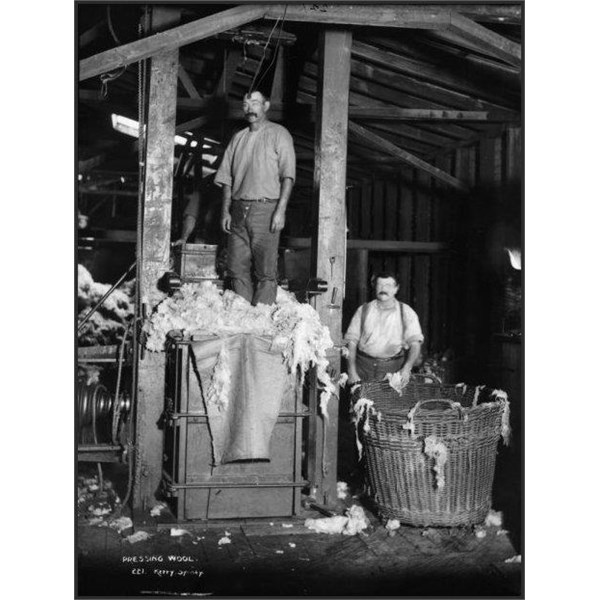
A hand operated wool press in action, circa 1900
Prior to the development of mechanical presses, wool was baled by hand. It was a laborious process that required a number of farm workers. Wool was spade-pressed in boxes after being trampled down by foot. A layer of fleeces was squashed in a box, then a spade was used to squeeze more fleeces into gaps between fleeces and around the edges. Trampling and squeezing continued until there were 16 fleeces per bale. This type of pressing created lumpy and uneven bales.
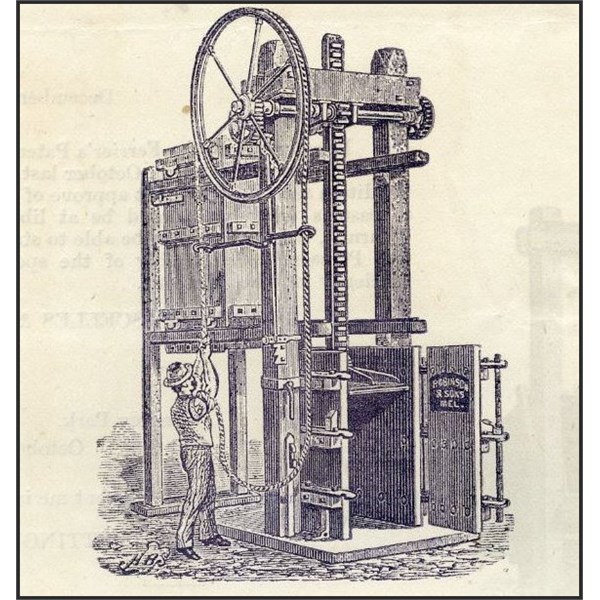
Robinson & Sons' Geared Wool Press
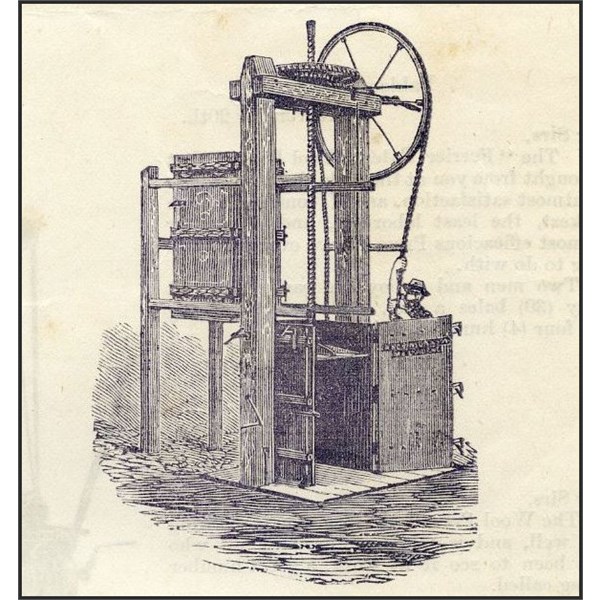
Robinson & Sons' Screw wool press
Screw presses followed but they were extremely time-consuming. Large lever presses that used horse or man-power became common in the 1840s. 'Travelling box' presses were introduced in the 1860s. There were many variations and most were too expensive for graziers of small flocks to buy. Those farmers would usually take their sheep to be shorn at larger properties.
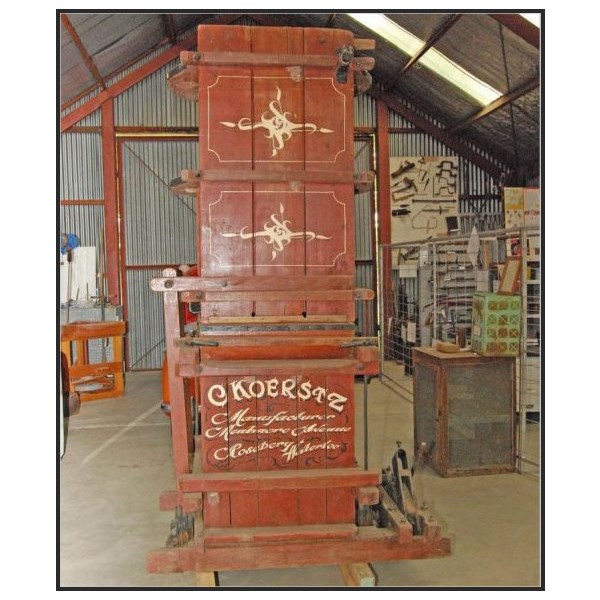
Koerstz wool press at Mudgee Historical Society
In the 1890s, Christian Koerstz, in business with Frederick Mason, designed and made cheap, efficient presses for small landholders. They transformed the industry. The presses occupied little floorspace and could be operated by one man. By the 1930s about 12,000 small Koerstz Selectors' and
Homestead Lessees' presses had been sold around Australia and the world. By 1910 the heavier 'Squatter' press was standard equipment in most big shearing sheds.
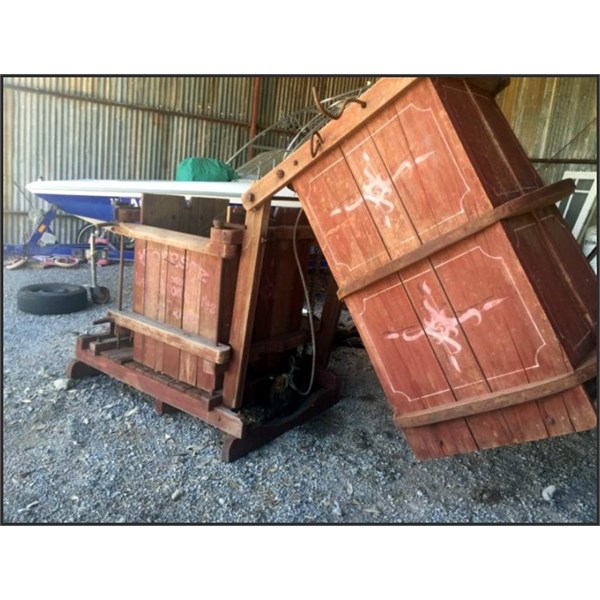
Koerstz Flip type wool press
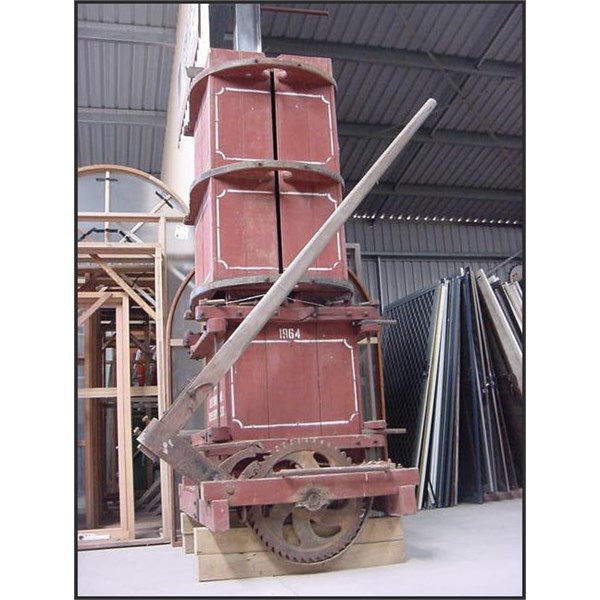
Koerstz wool press side view
Christian Christiansen Koerstz manufacturer and inventor, was born on 23 July 1847 at Kolding,
Denmark, son of Christian Kortz, tailor, and his wife Anne Pouline
Augusta Johanne, née Flerong. At 20, after being an apprentice mechanic in a Dutch firm of
windmill-makers, he went to New Zealand and settled at Waverly, North Island. After twelve years spent making butter-boxes, and in building and bridge construction, he visited
Denmark where at Kolding on 12 June 1887 he married Christina Petrea Kors. In August they reached
Sydney where Koerstz met and became a business associate of Frederick Mason, grain and produce merchant of Sussex Street, who held patent rights to a woolpress and was agent for the Deering Harvester Co. Describing himself as a carpenter, Koerstz was granted provisional protection certificates by the Patents Office for an improved bundle-press in February 1890 and in 1891 for certain improvements in woolpresses,
water pump and motor, and with Mason for an improved rotary pump. He thus began a long series of inventions and patents and a manufacturing firm which became
well known in the pastoral industry in Australia and overseas.
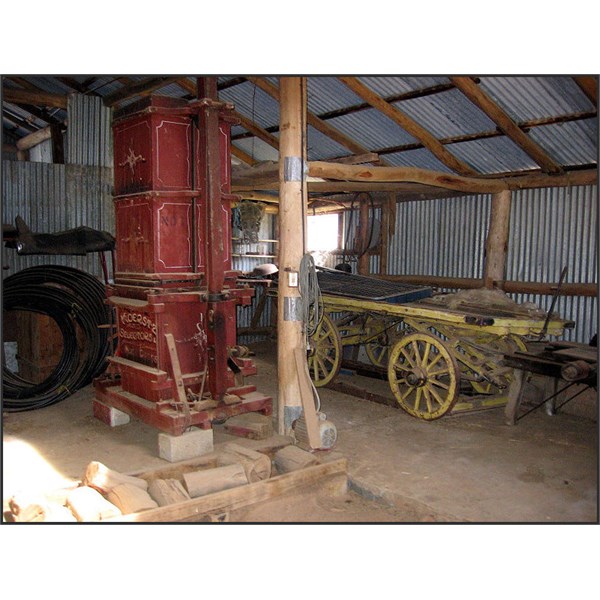
Koerstz wool press at Tumbarumba NSW
:Note .. This press at
Tumbarumba shown above is on the property owned by the late Grandparents of my Daughter, She has contacted the owner of the property and they have agreed to let it go so it remains in the Family, it will soon be here on my Daughters property near
Spring Hill, NSW.
.
Realizing the great potential market for more efficient and labour-saving woolpresses, Koerstz designed and made presses for both the large and small sheep-owner. By 1898 Mason, Koerstz's sole agent, had sold hundreds of the 'New Koerstz Selectors' and
Homestead Lessees' Press', which was claimed to have 'practically annihilated all competition'. Keenly priced at £15 and originally designed for the smallholder, it weighed 12 cwt (610 kg), could be worked by one man and handle the pressing of wool from flocks of over 20,000 sheep. By 1910 Koerstz was a large and successful exhibitor at the Royal Agricultural Society's
Sydney Show and his woolpresses — 'Little Wonder', 'Squatter', 'Station', 'Bosker', 'Conqueror' and 'Improved Langley' — ranging in price from £12 10s to £35, were standard equipment in a large and increasing number of shearing-sheds. His factory at Pyrmont also produced
hay, skin, cotton and winepresses, quartz-crushers, pumps and a wide range of other agricultural implements. The expanded factory moved to Mentmore Avenue, Rosebery, in 1925.
Koerstz, whose inventiveness and high standard of workmanship did much for Australia's wool industry, was naturalized in 1907. At 65 he retired in favour of his children who continued the business as a partnership.
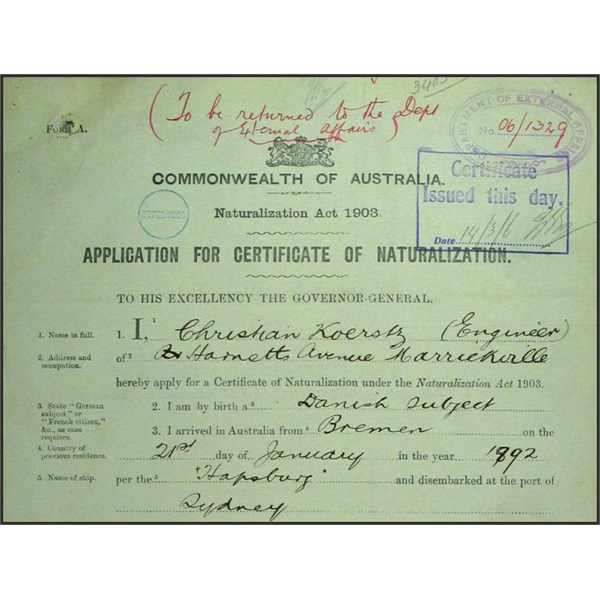
Christian Christiansen KOERSTZ - Naturalization - Top half
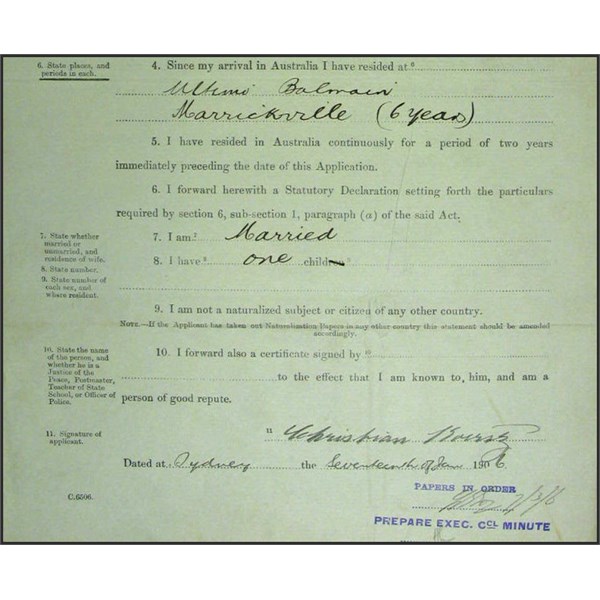
Christian Christiansen KOERSTZ - Naturalization - Bottom half
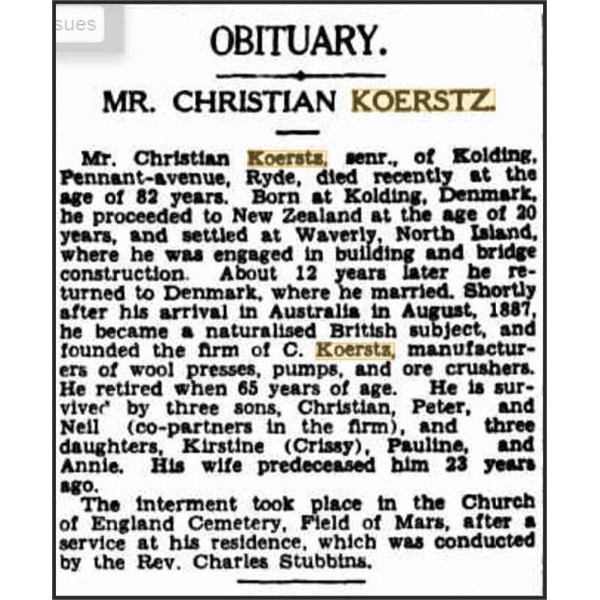
Obituary Christian Koerstz
He died at his residence, Kolding, Ryde, on 9 May 1930, survived by three sons and three daughters, and was buried in the Anglican section of the Field of Mars
cemetery. His estate was sworn for probate at £14,167.
Some other types of Wool Press'
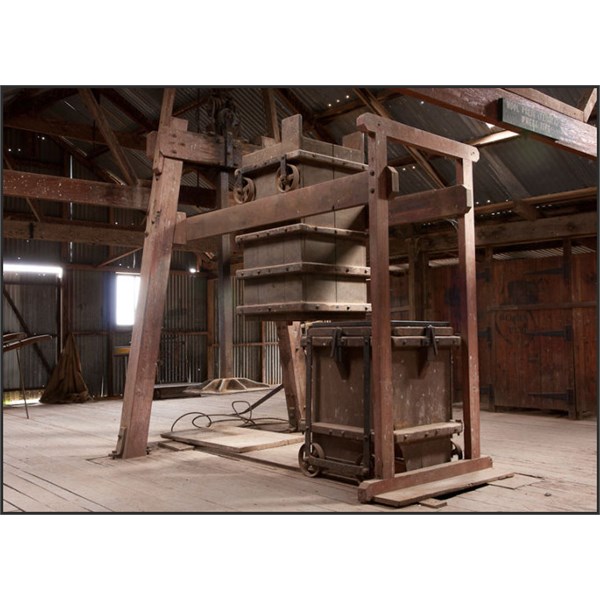
Ferrier wheel type wool press
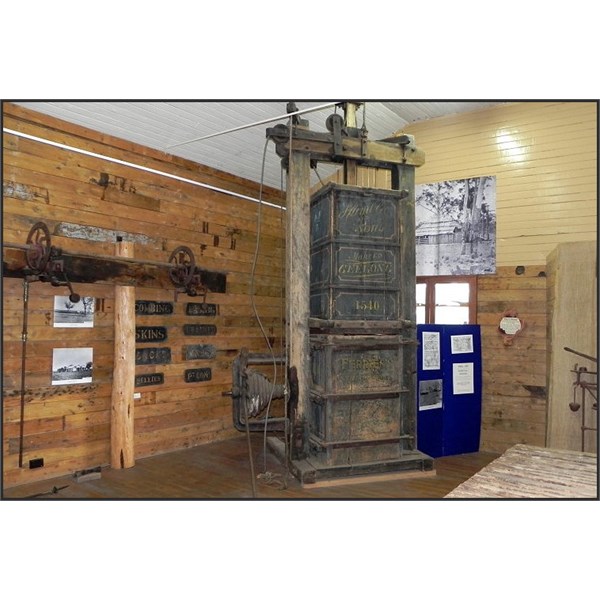
Ferriers Wool press in the Surat Museum
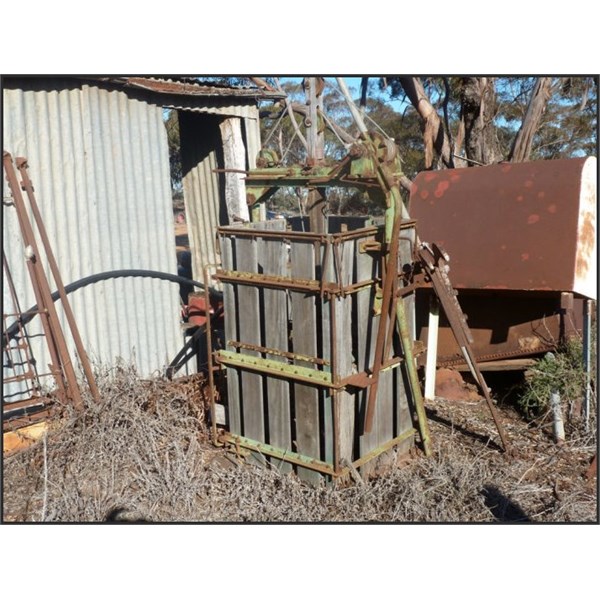
Sunbeam cable wool press
.